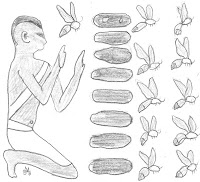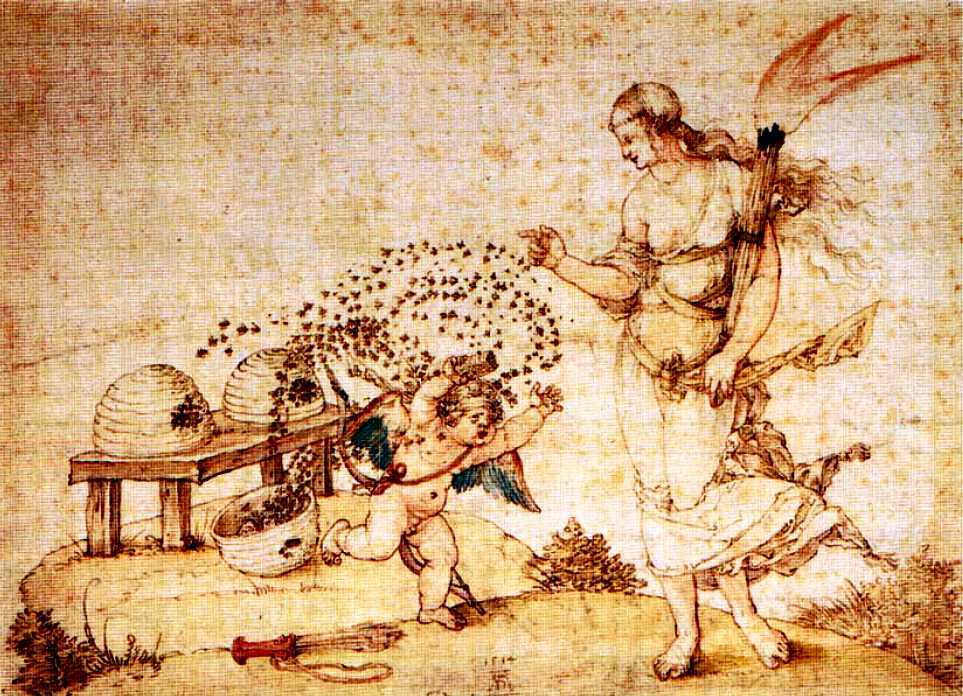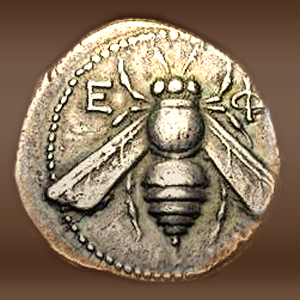





Poke Tacos Monkeypod

Tomato Tart - Jose Andres

LuLu Dog treats

Soup Alexis Alvarez Armas

Cafe Cubano

Riva @ Gritti Palace













The earliest form of organized beekeeping took place in ancient Egypt. With the flooding of the Nile delta plain, an area of rich silt was created and proved ideal for agricultural development. Crops and wild flowers such as chamomile, clover, cornflowers, flax, wild celery and roses flourished beside the river, an ideal area for bees.
The initial evidence of organized bee keeping comes from a detailed stone bas-relief found in 1900 at Abu Gurab in Lower Egypt in the Temple of the Sun, which dates to around 2400BC. By around 1500BC, beekeeping in Egypt took place on a vast organized scale.
 Egyptian drawings, hieroglyphs and tombs all give evidence of beekeeping and honey retrieval.
Egyptian drawings, hieroglyphs and tombs all give evidence of beekeeping and honey retrieval.
In Mayan, Persian, Chinese, Greek, and Roman history there is recorded confirmation of bee keeping and the use of honey as food as well as for healing purposes.


 Even Aristotle offers a detailed account of beekeeping in Book IX the Historia Animalium, written between 344 and 342BC. He includes notes about bee-masters removing the combs from the hives and taking care to leave enough food behind for the bees to survive winter. He describes beekeepers supplying bees with sweet tasting foods, such as figs to supplement their food intake. He states that a hive could yield anywhere from a meager 5 pints to an exceptionally prosperous 18 pints.
Even Aristotle offers a detailed account of beekeeping in Book IX the Historia Animalium, written between 344 and 342BC. He includes notes about bee-masters removing the combs from the hives and taking care to leave enough food behind for the bees to survive winter. He describes beekeepers supplying bees with sweet tasting foods, such as figs to supplement their food intake. He states that a hive could yield anywhere from a meager 5 pints to an exceptionally prosperous 18 pints.
Sounds like the beekeepers of Aristotle’s time were very much like today’s beekeepers. That my friends is your history lesson for the day!

